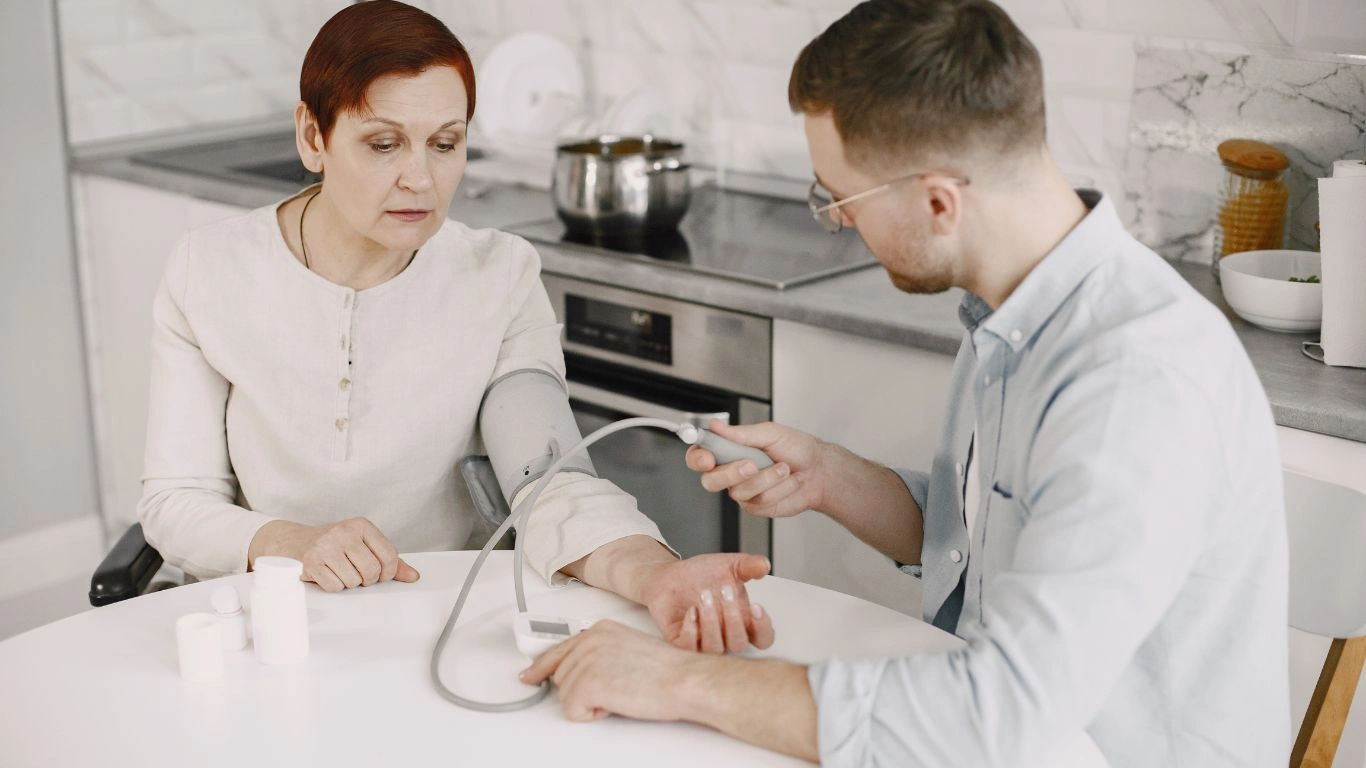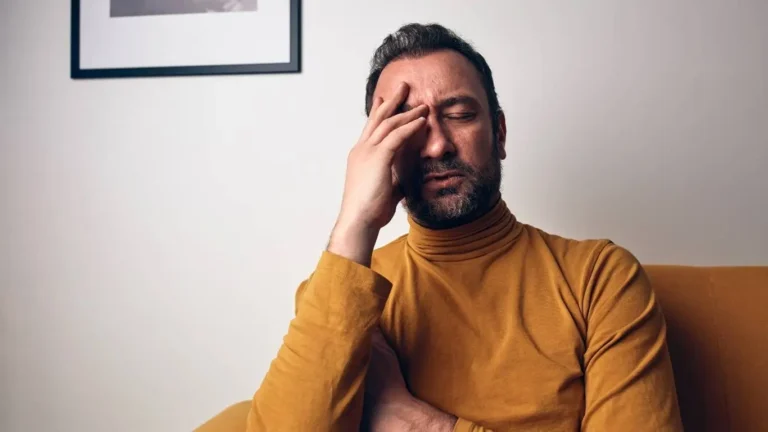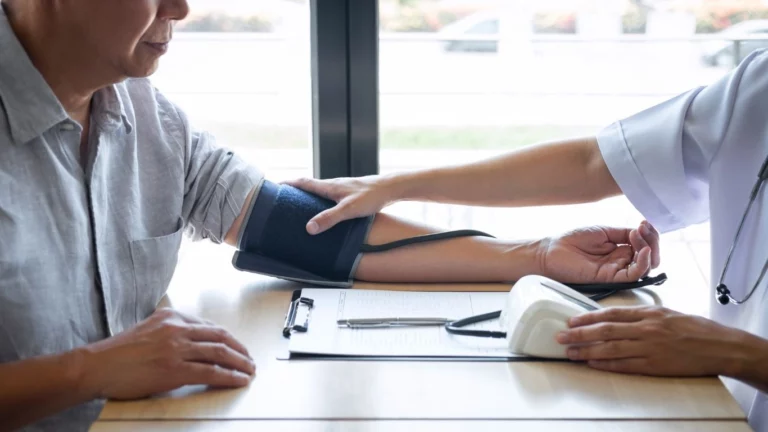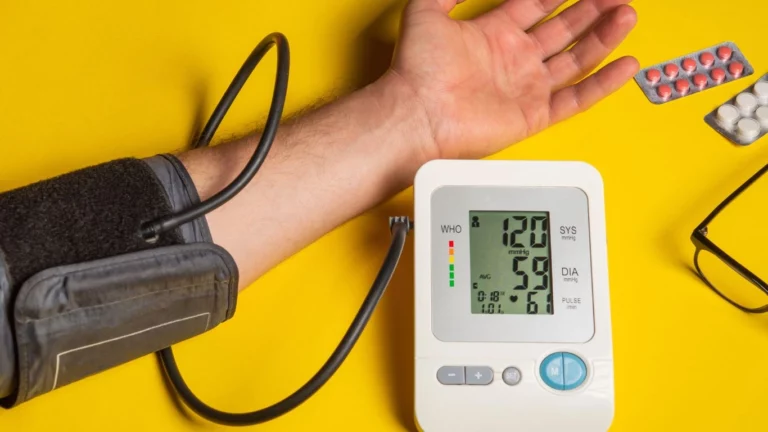Powerful Tips on How to Meditate for Lower BP and Calm Stress
If you’re anything like most of my patients, you might’ve rolled your eyes the first time someone told you to “just relax” to lower your blood pressure. I get it. As an Internal Medicine Physician who’s spent years knee-deep in the realities of hypertension management, I used to think the same way—until I dug into the science and tried it myself. Yes, I’m talking about meditation. And no, it’s not all sitting cross-legged with incense. Learning how to meditate for lower BP can be a game changer—and I’ve seen it work wonders in clinic and in my own life. Let’s unpack this together.
Why Meditation Deserves a Spot in Your Hypertension Toolkit

Let’s be real: medication, diet tweaks, and exercise are the backbone of blood pressure control. But there’s a piece we often overlook—our nervous system. When we’re stuck in a constant fight-or-flight loop (hello, deadlines, traffic, and 24/7 notifications), our bodies pump out stress hormones like cortisol and adrenaline. These mess with blood vessels, heart rate, and yep—elevate our BP.
This is where meditation shines. Studies show that regular meditation can help balance the autonomic nervous system, reduce sympathetic activity (that’s the stress side), and boost parasympathetic tone (the rest-and-digest side). Translation? Lower resting heart rate, improved vascular tone, and yes—lower blood pressure.
Evidence-Backed, Not Just Vibes
I used to be skeptical, too. But I’m the kind of doc who wants hard data. One meta-analysis in the Journal of Hypertension showed a significant reduction in systolic and diastolic BP in folks who practiced meditation regularly. Another trial found that people using mindfulness-based stress reduction (MBSR) had better long-term control than those relying on medication alone.
And it’s not just numbers on a chart. I’ve had patients come back after a few weeks of simple daily meditation telling me they’re sleeping better, feeling more in control, and yep—seeing better numbers on their BP cuff at home. That’s what keeps me recommending it. It’s non-invasive, low-risk, and crazy affordable (read: free).
How to Meditate for Lower BP Without Feeling Weird About It

Okay, let’s cut through the woo-woo and talk logistics. You don’t need a Himalayan retreat or guru credentials to get started. Here’s what I usually tell my patients when they ask how to meditate for lower BP:
Start Simple: No Fancy Stuff Needed
- Find a quiet spot: Doesn’t have to be silent, just less distracting.
- Set a timer: 5–10 minutes is perfect for beginners. No need for heroics.
- Close your eyes and breathe: Inhale slowly through your nose, exhale through your mouth.
- Focus on the breath: When your mind wanders (it will), gently bring it back to the breath.
I personally like using a guided app when I’m feeling extra scattered—something about having a calm voice walk you through it really helps.
Types of Meditation That Work Well for BP
There are lots of styles, but from a blood pressure perspective, these tend to give the best results:
- Mindfulness Meditation: Focuses on present awareness without judgment. Great for stress and overthinking.
- Guided Visualization: Imagine calming scenes—beaches, forests, whatever soothes you.
- Body Scan: Gently noticing and relaxing each part of the body. Fantastic for evening wind-downs.
- Mantra Meditation: Silently repeating a calming word or phrase. I’ve had patients say this one “anchors” their mind best.
I’ve tried all of these myself. Some days, a quick body scan helps me slow down between patient rounds. Other days, I need to sit outside and breathe with the trees. There’s no right or wrong—it’s what works for you.
Common Myths That Hold People Back
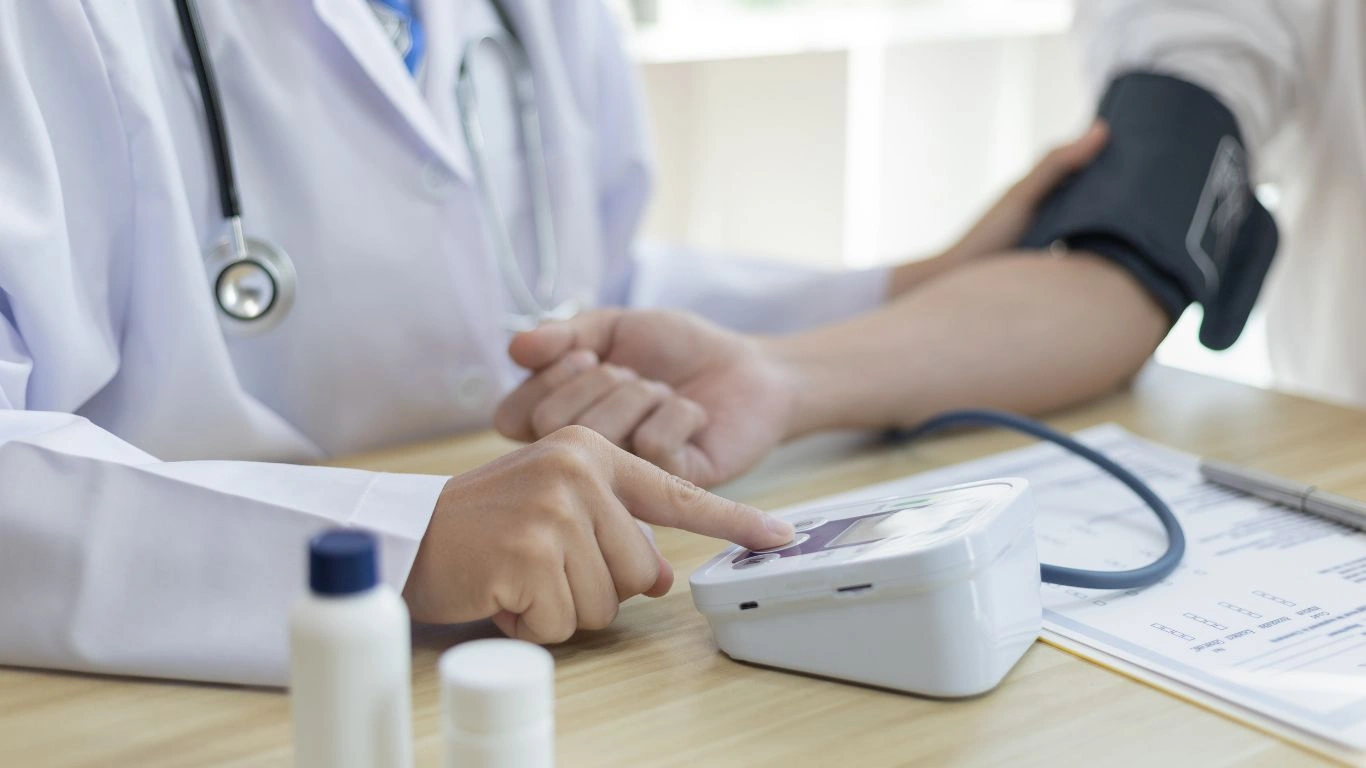
Let’s address a few elephants in the room. Most folks don’t start meditating because of misconceptions. Here are the ones I hear all the time in clinic:
- “I can’t clear my mind.” You’re not supposed to. Meditation is about noticing your thoughts, not silencing them.
- “I don’t have time.” You scroll Instagram for 10 minutes. That’s all you need to meditate.
- “It won’t work for me.” Unless you’re a robot, you respond to stress. That means meditation can help you, too.
Honestly, the biggest hurdle is just giving it a shot. I usually challenge patients to try it daily for two weeks—just five minutes. Almost every time, they come back surprised.
How Long Until You See Results?

This is probably the most common question I get from patients after they’ve tried meditating for a few days: “So… when does my blood pressure drop?” And I get it—we live in a world of quick fixes. But here’s the thing: meditation is more like exercise for your nervous system than a magic button.
In most cases, you’ll start to notice subjective benefits—better sleep, less irritability, clearer thinking—within the first couple of weeks. But for actual measurable shifts in blood pressure? Give it at least 4 to 8 weeks of consistent practice. Some research even shows improved BP readings at the 3-month mark with as little as 10–15 minutes a day.
I’ve seen this pattern again and again. One of my patients, a busy middle school teacher, started meditating every evening after class. She didn’t think it was doing much until she realized she hadn’t reached for her rescue BP meds in weeks. The data eventually caught up with how she was feeling—more grounded, less reactive, and better in control.
Fitting Meditation Into a Real-Life Schedule
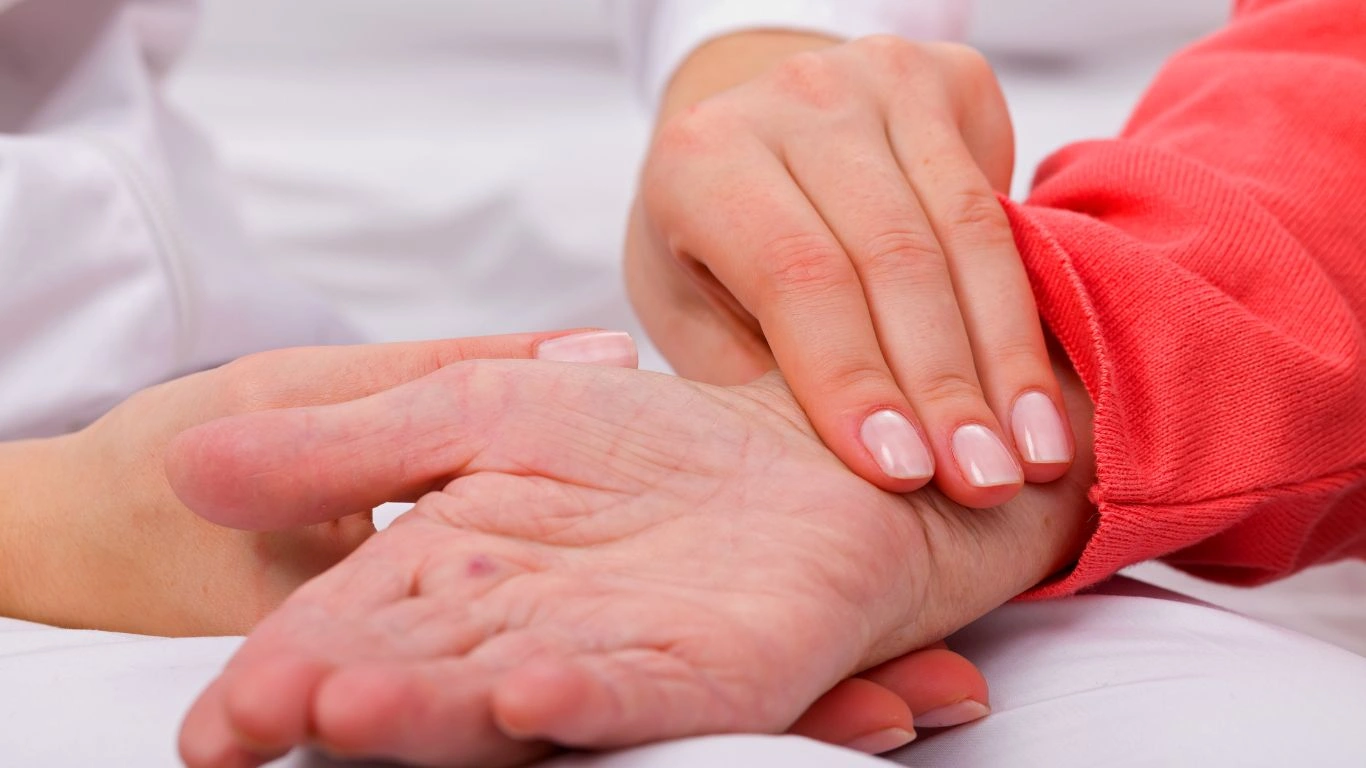
Let’s be honest: the hardest part about learning how to meditate for lower BP isn’t the breathing or sitting still—it’s actually finding the time to do it. We all have good intentions, but then the day takes over. I totally get it. Some days I barely have time to eat lunch between patient rounds, let alone sit cross-legged and bliss out for 20 minutes.
But here’s what I’ve found works best—not just for me, but for my patients too:
Work It Into Transitions
- Right after waking up: Before your brain kicks into to-do list mode, sneak in a few mindful breaths.
- Post-work decompression: A 10-minute session right after logging off or getting home can reset your stress levels.
- Before bed: Helps wind down your nervous system and leads to better sleep (which also helps BP).
Use Triggers and Anchors
Pair meditation with something you already do, like brushing your teeth or drinking coffee. That way, it becomes a habit rather than an obligation. One of my hypertensive patients started meditating during her kids’ soccer practice, just sitting in the car with a calming audio track. No fancy setup, just consistency.
Tech and Tools That Can Help You Stick With It

Let me say this loud and clear: you do not need an app or gadget to meditate. But for those of us living modern, multitasking lives, a little tech help can make the habit stick. Here are a few tools I personally recommend (and use myself):
- Insight Timer: Free and packed with guided meditations of every flavor—from quick breathwork to full MBSR courses.
- Calm: Great for beginners, plus it has those celebrity-narrated sleep stories that my patients love.
- Headspace: Very structured. If you like things broken down step-by-step, this one’s for you.
- Biofeedback devices: Some of my more data-driven patients use devices like Muse or HeartMath to track how their nervous system responds in real time.
I always tell my patients: if an app keeps you consistent, it’s worth it. Just avoid going down the perfectionist rabbit hole. You don’t need the “perfect” meditation; you just need to show up for it regularly.
Combining Meditation With Other Lifestyle Tweaks
Now, I’d be doing you a disservice if I didn’t talk about synergy. Meditation is powerful on its own, but it works even better when paired with other heart-healthy habits. If you’re already on a journey to lower your BP naturally, consider these combos:
- Meditation + Movement: Try meditating after a walk or gentle yoga. Your body is already relaxed, which makes it easier to settle into stillness.
- Meditation + Magnesium: Many people with high BP are low in magnesium. A supplement or magnesium-rich foods (like spinach, almonds, dark chocolate) plus meditation can be a calming one-two punch.
- Meditation + Meal Timing: Blood pressure often spikes with erratic eating patterns. Eating mindfully, paired with a few deep breaths before meals, can help regulate both digestion and stress levels.
Over the years, I’ve seen patients take these tiny tweaks and turn them into full-on health transformations. Not because they went to extremes, but because they stuck with simple, doable habits consistently. That’s the real power of a tool like meditation—it meets you where you are, then builds from there.
In the next section, we’ll dive deeper into troubleshooting—because yes, there are days where your brain just won’t shut up, or you fall asleep mid-meditation (been there!). But for now, if you’ve made it this far, you’re already on your way to understanding how to meditate for lower BP—and that’s a massive first step.
Overcoming Common Meditation Challenges

So, you’ve started practicing meditation to lower your blood pressure, but now you’re hitting some bumps. Maybe your mind races like a squirrel on espresso, or you find yourself dozing off mid-session. Trust me, these struggles are normal—and I’ve seen them with patients and experienced them myself.
My Mind Won’t Stop Chattering!
One of the biggest myths about meditation is that your brain should be completely silent. Spoiler: it won’t be. Your thoughts are like guests at a party. They’ll show up uninvited, but your job is to notice them without getting swept away.
When your mind is busy, try this little trick I share with my patients: label your thoughts as “planning,” “worrying,” or “remembering.” It helps create a bit of distance and reminds you that you’re an observer, not the thought itself. This simple mindfulness hack makes it easier to come back to your breath.
Falling Asleep—Is That a Problem?
Another common hiccup, especially if you meditate right before bed, is nodding off. Honestly, that’s not the worst outcome. Better rest supports your cardiovascular system, and lowering stress hormones can improve BP indirectly.
If you want to stay awake, try meditating in a seated position with your back straight, or shift your session to earlier in the day. Personally, I find early morning sessions help set a calm tone for the day, but your mileage may vary.
How to Make Meditation Stick Long Term

Now, here’s the million-dollar question: how do you turn a simple habit like meditation into a lifelong practice that supports your blood pressure and overall health?
Be Kind to Yourself
I can’t stress this enough. If you miss a day or two (or a whole week!), don’t beat yourself up. Life happens, and meditation isn’t about perfection. It’s about progress. Some days will feel amazing; others, not so much—and that’s okay.
Keep It Realistic
When you’re starting, keep your sessions short and sweet. Five to ten minutes a day is plenty to begin with. Over time, you might want to increase that, but there’s no pressure. I’ve had patients who benefit tremendously from just a quick morning breath awareness.
Track Your Progress (But Don’t Obsess)
Tracking your blood pressure and journaling how you feel after meditation can be motivating. I recommend keeping a simple log: note your BP readings and jot down a few words about your stress levels or mood. This way, you see patterns and build confidence in your practice.
Just remember, progress isn’t always linear. Some days you’ll feel calm but see no BP change, and other times the numbers might improve without you feeling different. Both are part of the journey.
The Bigger Picture: Meditation as Part of Holistic Hypertension Care
As a physician, I always emphasize that meditation is one powerful tool in a larger toolkit. Managing hypertension isn’t about a single magic bullet—it’s about layering strategies that fit your unique life.
Medication adherence, dietary choices (think DASH diet), physical activity, sleep hygiene, and stress management all contribute. Meditation helps pull many of these together by calming your nervous system and improving your ability to handle stress—one of the sneakiest contributors to high blood pressure.
If you ever feel overwhelmed, that’s normal too. Don’t hesitate to reach out to your healthcare provider. Sometimes we need to tweak meds, or you might benefit from a referral to a therapist who specializes in stress reduction techniques.
References & Resources
- American Heart Association
- National Heart, Lung, and Blood Institute
- American Psychological Association
- Mayo Clinic
Disclaimer
This article is intended for informational purposes only and does not replace professional medical advice. Always consult your healthcare provider before starting any new health regimen, especially if you have existing health conditions or are on medication. Meditation can support blood pressure management but is not a substitute for prescribed treatment or emergency care.

Dr. Gwenna Aazee is a board-certified Internal Medicine Physician with a special focus on hypertension management, chronic disease prevention, and patient education. With years of experience in both clinical practice and medical writing, she’s passionate about turning evidence-based medicine into accessible, actionable advice. Through her work at Healthusias.com, Dr. Aazee empowers readers to take charge of their health with confidence and clarity. Off the clock, she enjoys deep dives into nutrition research, long walks with her rescue pup, and simplifying medical jargon one article at a time.
